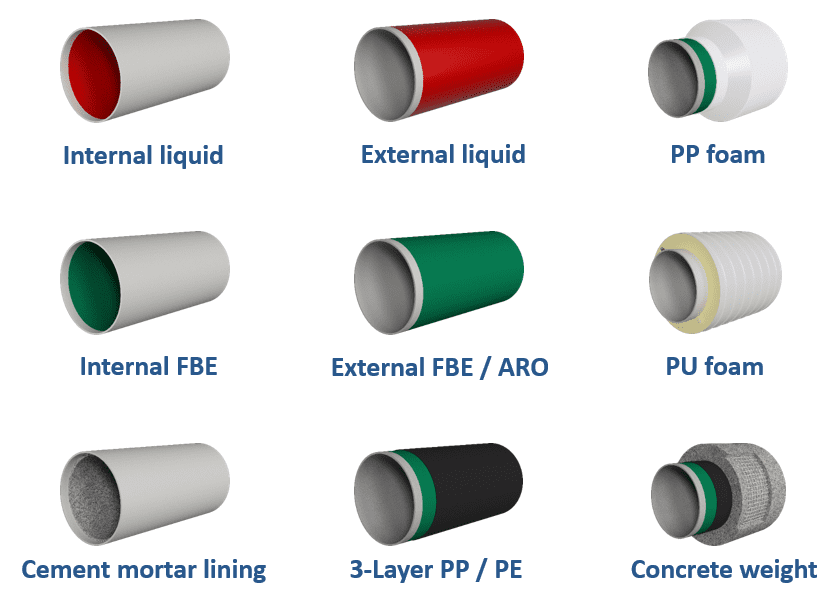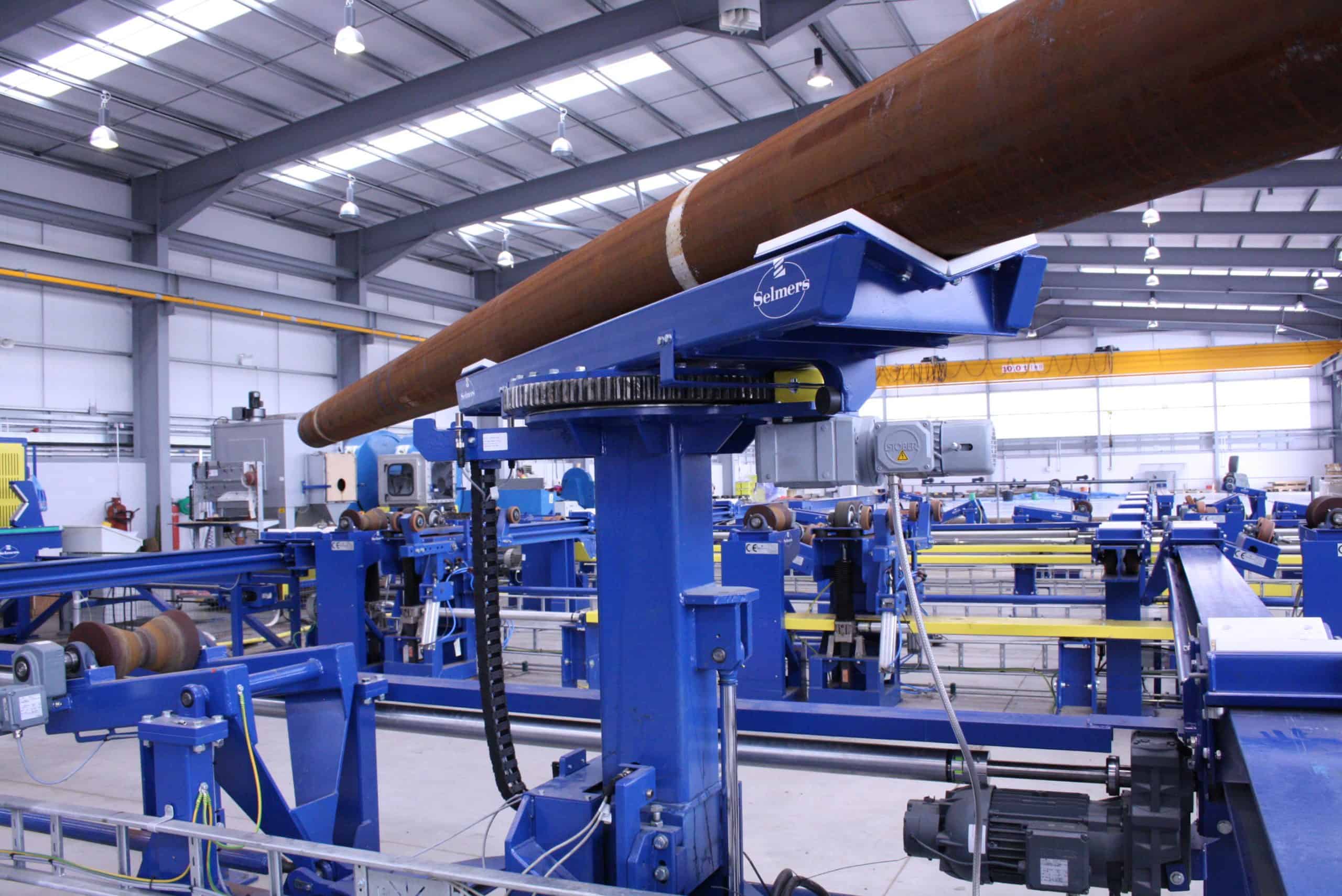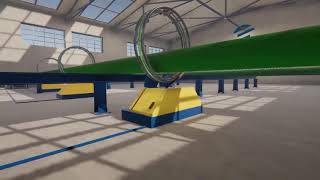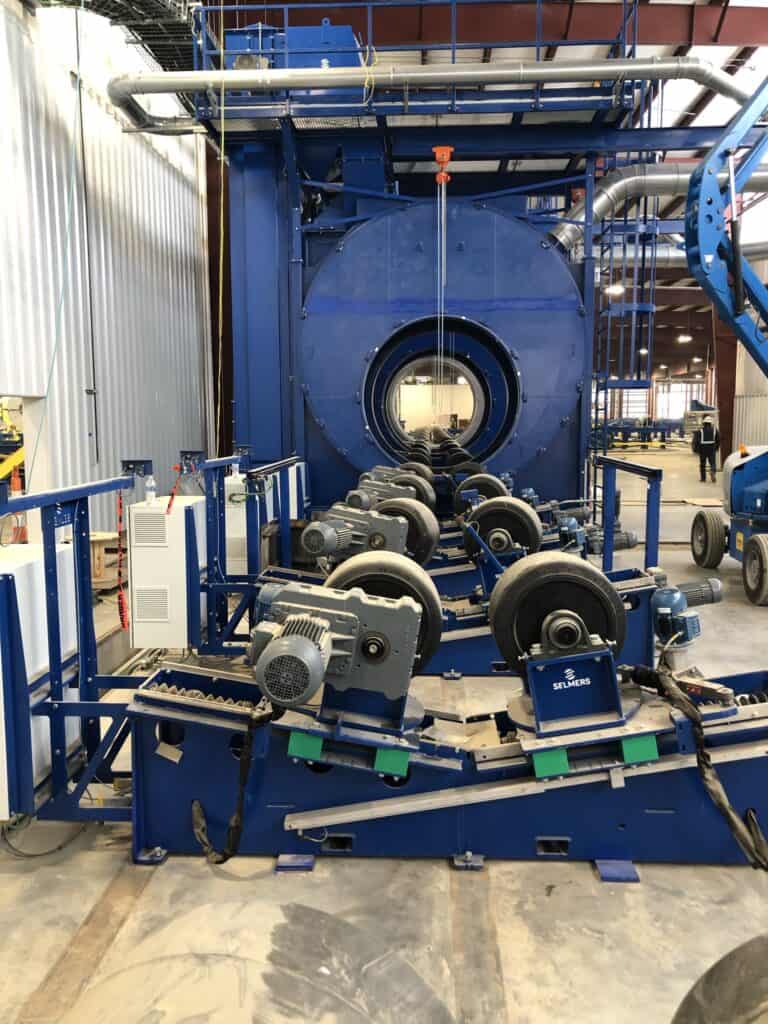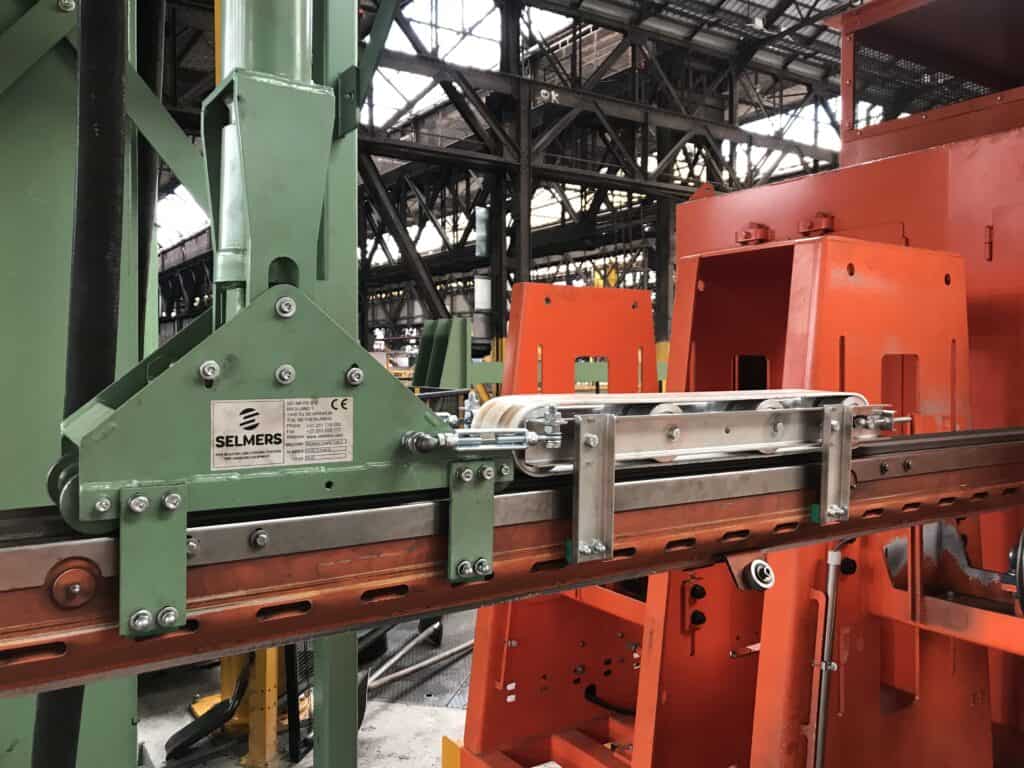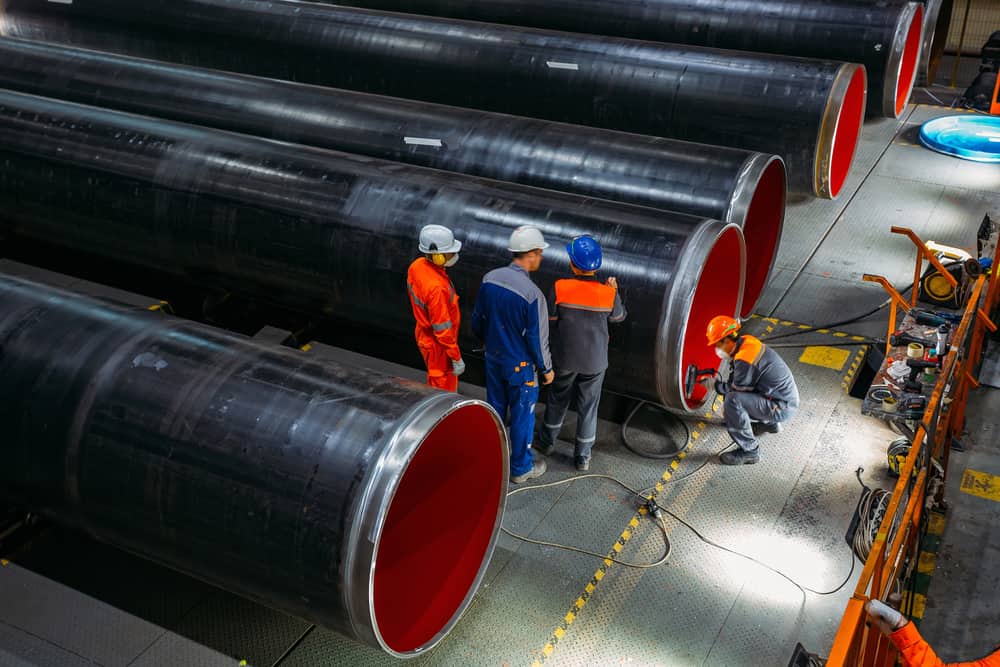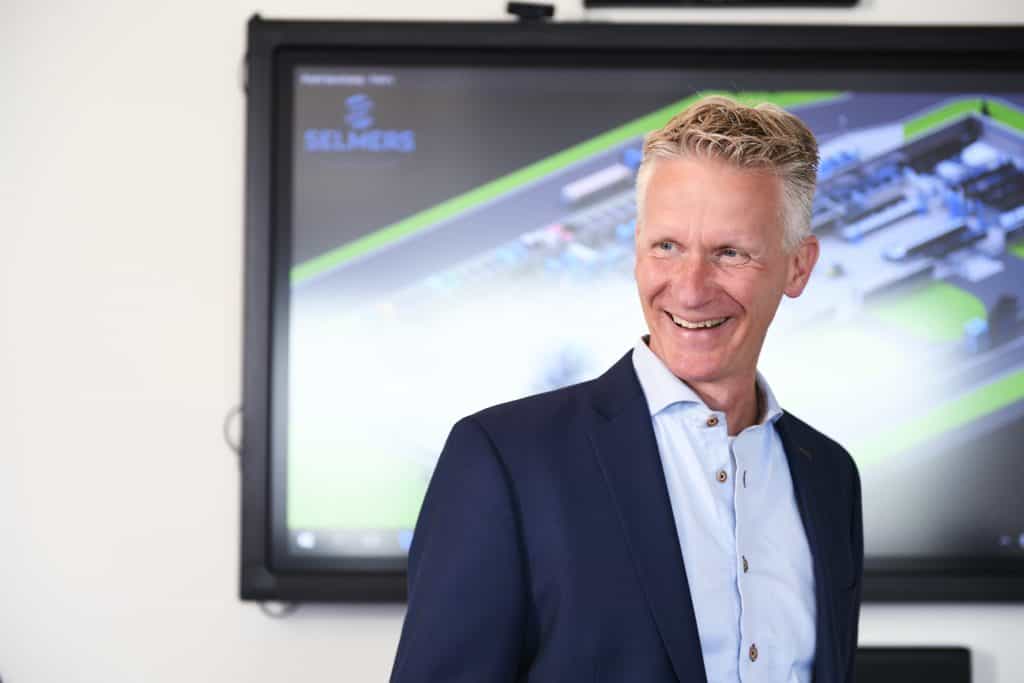Whether it’s a robot, object handling equipment or an entire coating line; every piece of equipment that leaves our factory complies with the highest quality standards. At the same time, we put a lot of effort into the safety of our equipment. Conversely, we do not have the full guarantee that customers always work as safely as they should. There is considerable room for improvement and the solution is often not as complicated or costly as you might imagine.
Ingrained habits
No matter how many sensors we install and how many safety precautions we take from design to construction, if, for example, operators or mechanics walk straight through a line against their better judgment or do not use personal protective equipment, then it’s just waiting for things to go wrong. In a way, we understand how this works. You’re in a hurry and don’t feel like taking the appropriate measures and are sure that you know how to handle the risks. Or you have been working on a line or machine for some time and are unaware of some ingrained habits. If your colleagues don’t call you to order, who will? Well, we will! Not 24/7, but during visits.
Shock effect
By having Selmers’ own safety experts walk around and observe the client’s site, unsafe situations and other areas for improvement are almost always discovered. This often triggers a kind of shock effect among employees. And that is a good thing, because then there is a greater chance that measures will be taken or that they will pay more attention in the future thanks to increased awareness. Moreover, we sometimes come across modifications in our equipment that customers have carried out themselves. But if you buy a washing machine, for example, you don’t modify it yourself either, do you?
Identifying weak points
And if you do, it will quickly lead to unsafe situations and you will also lose your warranty. The only guarantee you have left is the certainty that things may go wrong one day. With a periodic safety assessment by an external party, such as Selmers, you quickly identify your weak points. Apart from these quick wins, we can also create and implement professional safety solutions such as our Radar Safety System and draw up all kinds of possible measures to tackle the weak spots found. Such a mitigating measure can also be the deployment of (more) robots.
More offshore robots?
One of our safety experts was on a ship for work recently and it turned out that certain actions on board can be easily and affordably replaced by robots. After all, robots are not bothered by noise, never get tired or distracted and are always in a ‘good mood’. Partly for these reasons, we have already developed a range of robots for cleaning work, internal and external handling and transport, end cap removal in the piping industry and performing quality measurements and welding work. And have you ever thought about using drones and AR/MR/VR technology for safety improvement? The future of safety (user friendliness) solutions is inspiring!
Real-life educational scenarios
People often find immersive training scenarios more memorable. As a result, Virtual Reality (VR) is becoming a popular option for exposing people to training materials in safe and realistic ways. For example, construction workers may get VR content about working at heights. It isn’t easy to create real-life educational scenarios for that topic, but the task fits perfectly into the VR realm. After all, these kinds of options are no longer science fiction.
Curious how Selmers can enhance safety in your organization? Just call your sales contact or send an email to sales@selmers.com.
